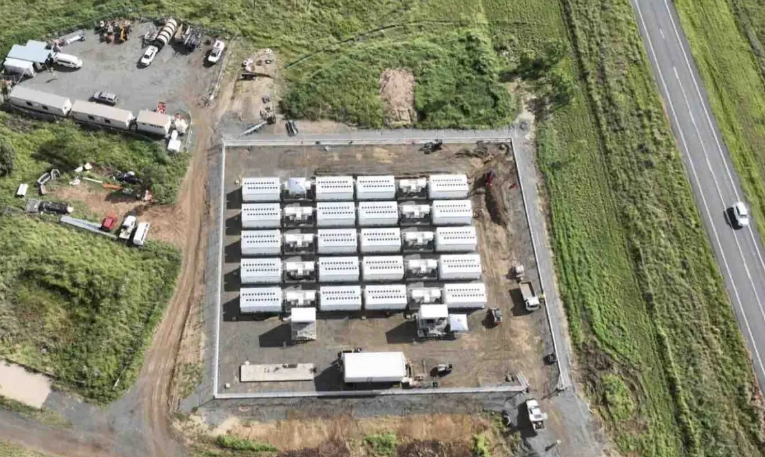The company’s latest quarterly update reveals that the average price received for the output of its two solar farms remained well above what it might have been able to negotiate with a power purchase agreement.
Most solar farms choose PPAs because they deliver revenue certainty that helps to lock in lower-cost finance. The decision by Genex to go “merchant” – i.e. take the spot price on the market – is vindicated by the higher prices in the wholesale market that have been driven by fossil fuels over the last 18 months.
Genex says its 50MW Kidston solar farm in Queensland earned an average $90/MWh during the June quarter. This price does not include large scale generation certificates which are surrendered to the Queensland government.
Its 50MW Jemalong solar farm in NSW earned an average “bundled” price – which does include LGCs – of $120/MWh in the quarter.
Jemalong earned $1.3 million from the wholesale market and $0.9 million from LGC sales, suggesting a rough breakdown of around $70/MWh for electricity and $50/MWh for the LGCs.

Kidston actually earned more revenue in the quarter because it produced around 50 per cent more than Jemalong. Kidston remains one of the best performing solar assets in the country in terms of output. The company earned revenue of $24.2 million from its two solar farms in 2022/23.
The June quarter was also notable for the “energisation”, and more recently the start of operations, at its first big storage project, the 50MW/100MWh Bouldercombe battery (pictured above). It should be fully operational by the summer.
“The fact that this was completed on time and within budget is a testament to the strength of our team and contractors Tesla, Consolidated Power Projects and Powerlink,” CEO James Harding said in a statement.
The company says it remains on track to complete its 250MW, eight hour pumped hydro storage project – the first to be built in Australia for nearly four decades, and located in the former open pit Kidston gold mine (next to the solar farm) – by the second half of 2024.